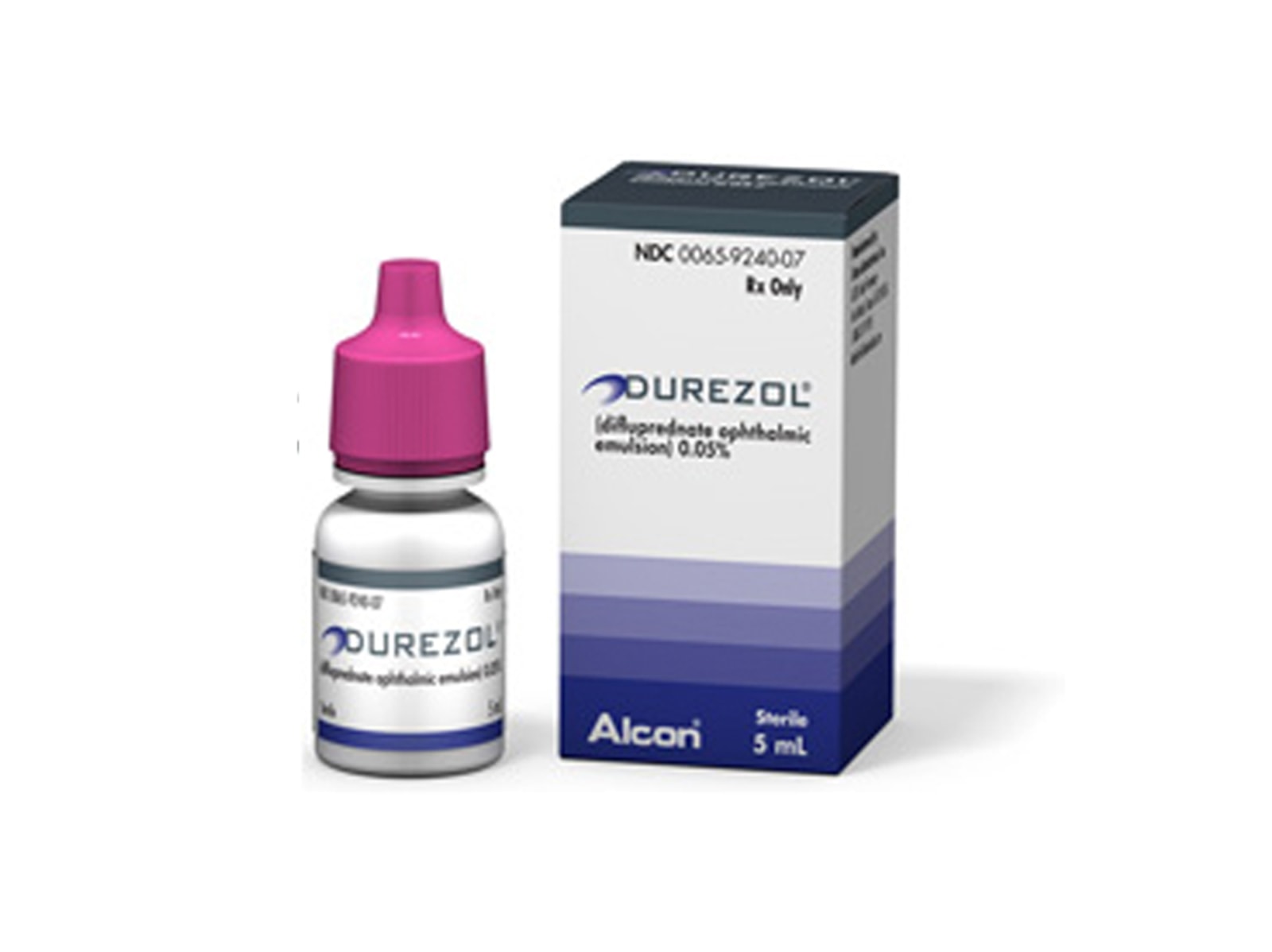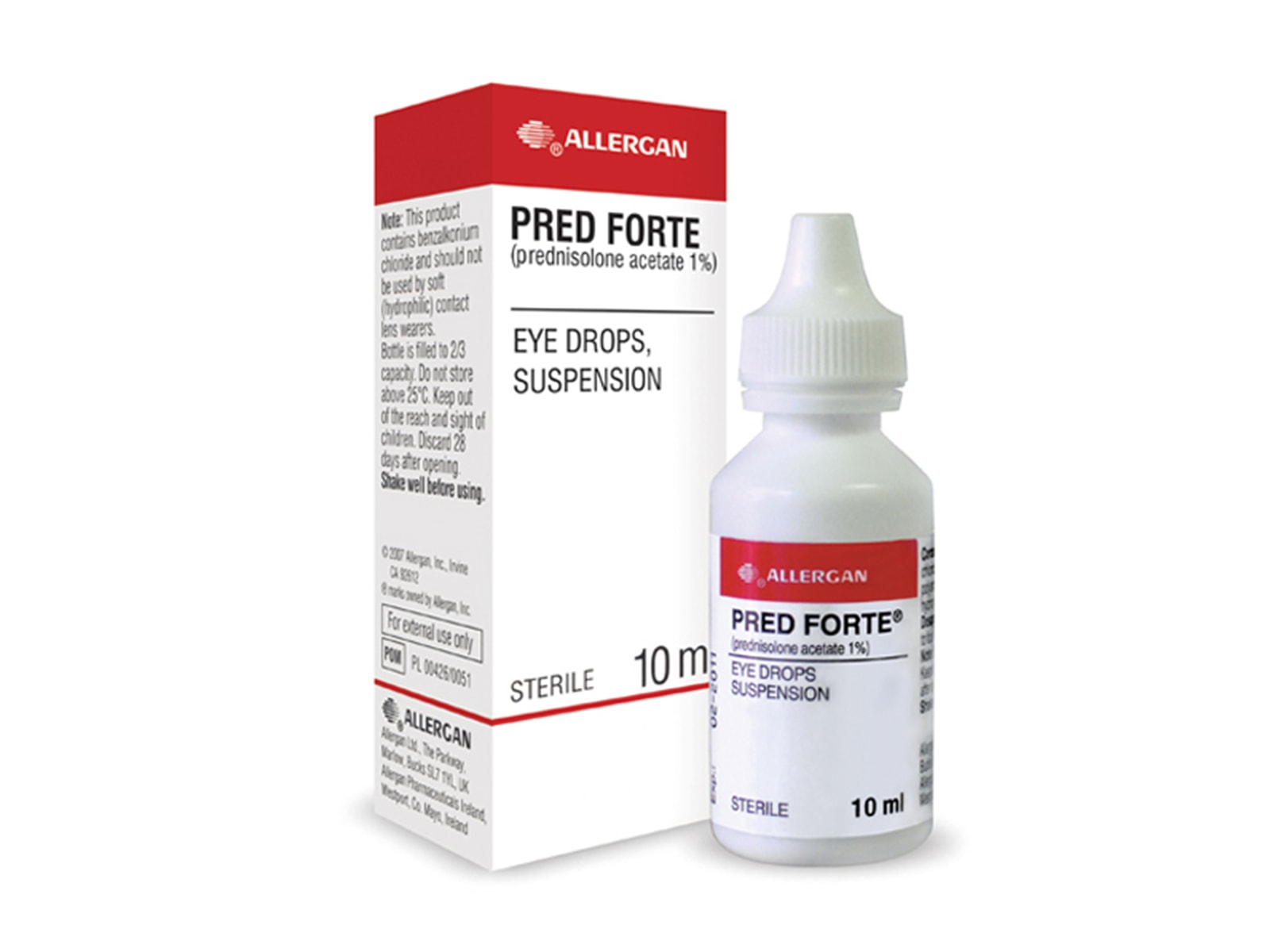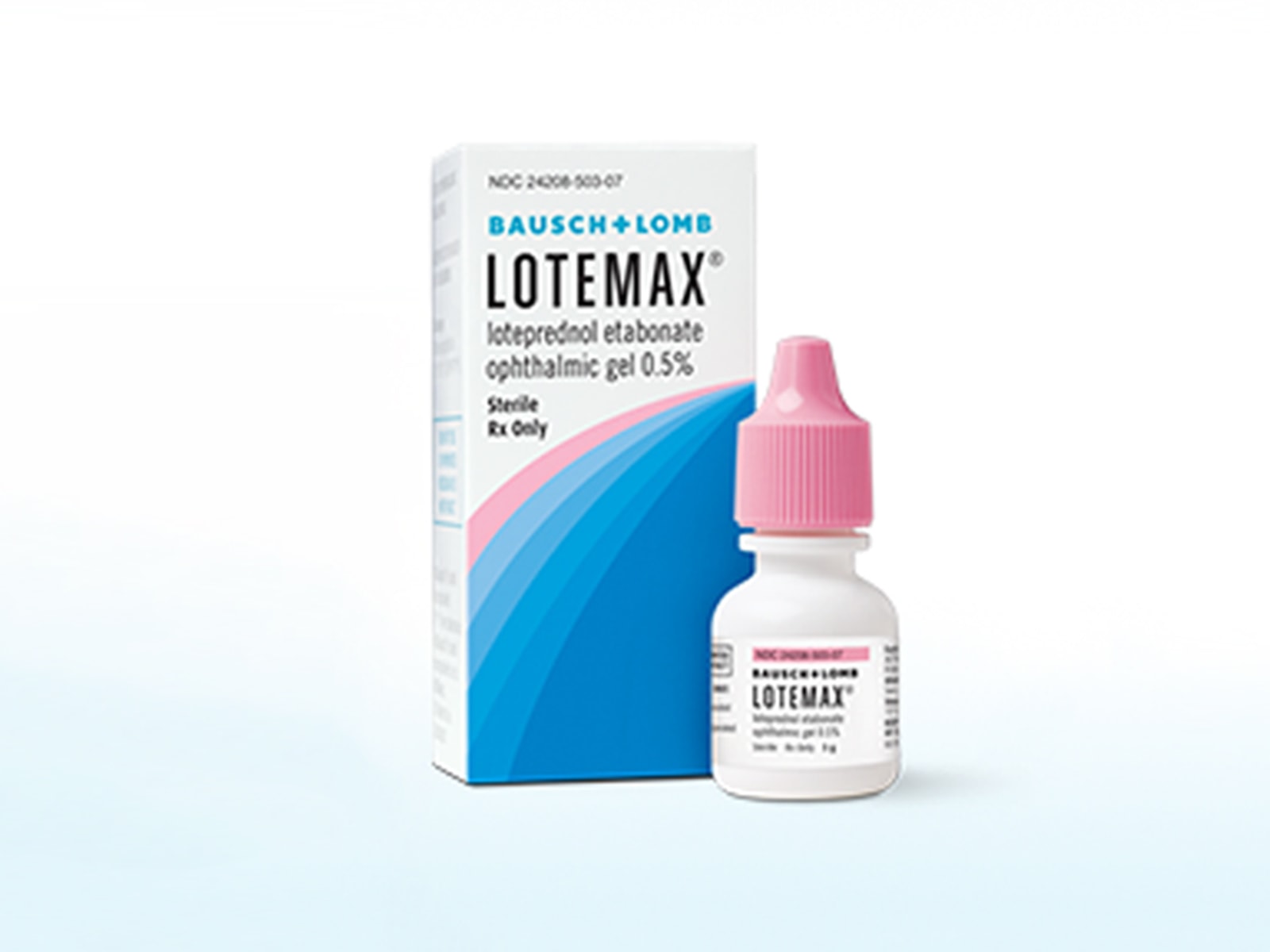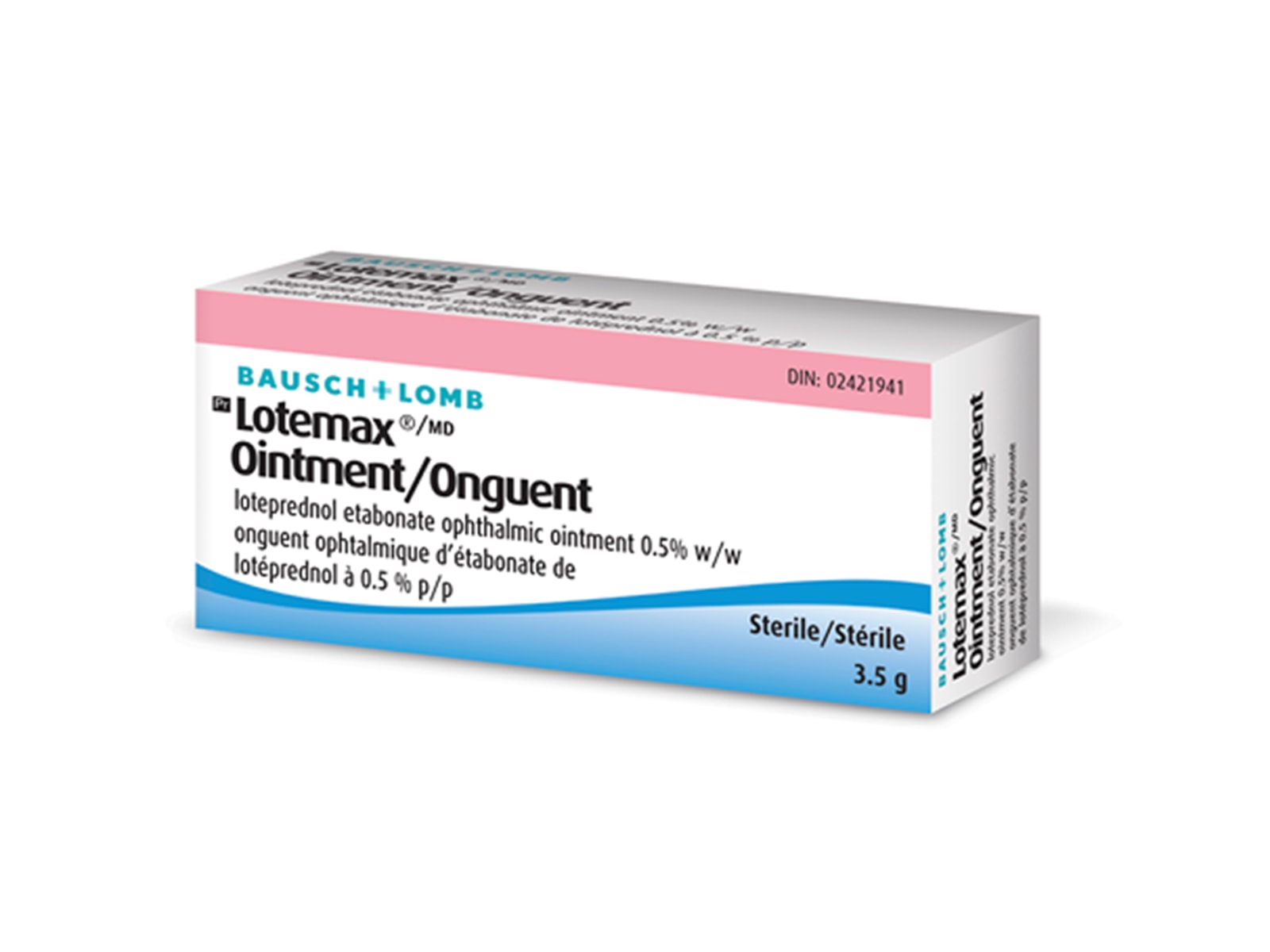- Product Listings
- Compare Products
- Calculators
- Product Tours
- Expert Reviews
- Our Experts
- Company Directory
- About Beye
- Contact Us
Ⓒ 2025 Beye.com. All rights reserved.
This content is intended for health care professionals and providers only. The information contained on Beye.com, including text, graphics, images, and interactive activities, is for informational purposes only, and is not intended to be a substitute for professional medical advice. Beye LLC, via its Editors and Publisher, accepts no responsibility for any injury or damage to persons or property occasioned through the implementation of any ideas or use of any product described herein. Although great care is taken to ensure that all information is accurate, it is recommended that readers seek independent verification of advice on drugs and other product usage, surgical techniques and clinical processes prior to their use. References made in article may indicate usage of medical equipment or drugs at dosages, for periods of time, and in combination not included in the current prescribing information. Inclusion of advertising materials on the website thereof, does not constitute and representation or guarantee by Beye LLC of the quality of such products, or of the claims made.
Compare Corticosteriod
7 Products
reset all
At-a-Glance
Description
FDA
CE Mark
Active Ingredients
Application
Status
Strength
- Mechanism of Action: Corticosteroids inhibit the inflammatory response to a variety of inciting agents that may delay or slow healing. They inhibit edema, fibrin deposition, capillary dilation, leukocyte migration, capillary proliferation, fibroblast proliferation, deposition of collagen, and scar formation associated with inflammation.
- Dosage: One drop into the conjunctival sac of the affected eye(s) 4 times daily beginning 24 hours after surgery and continuing throughout the first 2 weeks of the postoperative period, followed by 2 times daily for a week and then a taper based on the response.
Durezol (difluprednate ophthalmic emulsion) 0.05% is a topical corticosteroid that is indicated for the treatment of inflammation and pain associated with ocular surgery.
Yes
Not specified
Difluprednate
Topical
Prescription
0.5%
- Mechanism of Action: Prednisolone acetate is a glucocorticoid that, on the basis of weight, has 3 to 5 times the antiinflammatory potency of hydrocortisone. Glucocorticoids inhibit the edema, fibrin deposition, capillary dilation, and phagocytic migration of the acute inflammatory response, as well ascapillary proliferation, deposition of collagen, and scar formation.
- Dosage: One to two drops into the conjunctival sac two to four times daily. During the initial 24 to 48 hours, the dosing frequency may be increased if necessary.
Pred Forte (prednisolone acetate ophthalmic suspension, USP) 1% is indicated for the treatment of steroid-responsive inflammation of the palpebral and bulbar conjunctiva, cornea, and anterior segment of the globe.
Yes
Not specified
Prednisolone acetate
Topical
Prescription
1%
- Mechanism of Action: Corticosteroids inhibit the inflammatory response to a variety of inciting agents and probably delay or slow healing. They inhibit the edema, fibrin deposition, capillary dilation, leukocyte migration, capillary proliferation, fibroblast proliferation, deposition of collagen, and scar formation associated with inflammation. While glucocorticoids are known to bind to and activate the glucocorticoid receptor, the molecular mechanisms involved in glucocorticoid/glucocorticoid receptor-dependent modulation of inflammation are not clearly established. However, corticosteroids are thought to inhibit prostaglandin production through several independent mechanisms.
- Dosage: One to two drops of LOTEMAX into the conjunctival sac of the affected eye four times daily beginning the day after surgery and continuing throughout the first 2 weeks of the postoperative period.
Lotemax (loteprednol etabonate ophthalmic gel) 0.5% is a corticosteroid in a gel formulation indicated for the treatment of postoperative inflammation and pain following ocular surgery.
Yes
Not specified
Loteprednol etabonate
Topical
Prescription
0.5%
- Mechanism of Action: Corticosteroids inhibit the inflammatory response to a variety of inciting agents and probably delay or slow healing. They inhibit the edema, fibrin deposition, capillary dilation, leukocyte migration, capillary proliferation, fibroblast proliferation, deposition of collagen, and scar formation associated with inflammation. While glucocorticoids are known to bind to and activate the glucocorticod receptor, themolecular mechanisms involved in glucocorticoid/glucocorticoid receptordependent modulation of inflammation are not clearly established. However, corticosteroids are thought to inhibit prostaglandin production through several independent mechanisms.
- Dosage: Apply a small amount (approximately ? inch ribbon) into the conjunctival sac(s) four times daily beginning 24 hours after surgery and continuing throughout the first 2 weeks of the post-operative period.
Lotemax (loteprednol etabonate ophthalmic ointment) 0.5% is a corticosteroid in an oinment formulation indicated for the treatment of postoperative inflammation and pain following ocular surgery.
Yes
Not specified
Loteprednol etabonate
Topical
Prescription
0.5%
- Dosage: hydrogel insert designed to release a tapered dose of dexamethasone
Dextenza (dexamethazone insert) 0.4mg is a corticosteroid intracanalicular insert placed through the punctum into the canaliculus and is designed to deliver dexamethasone to the ocular surface for up to 30 days without preservatives. Following treatment, Dextenza is intended to resorb and exit the nasolacrimal system without the need for removal.
Dextenza has completed Phase 3 evaluation for the treatment of ocular pain and inflammation following ophthalmic surgery. DEXTENZA is also being studied for allergic conjunctivitis.
Under investigation
No
Dexamethasone
Intracanalicular insertion
Prescription
0.4 mg





